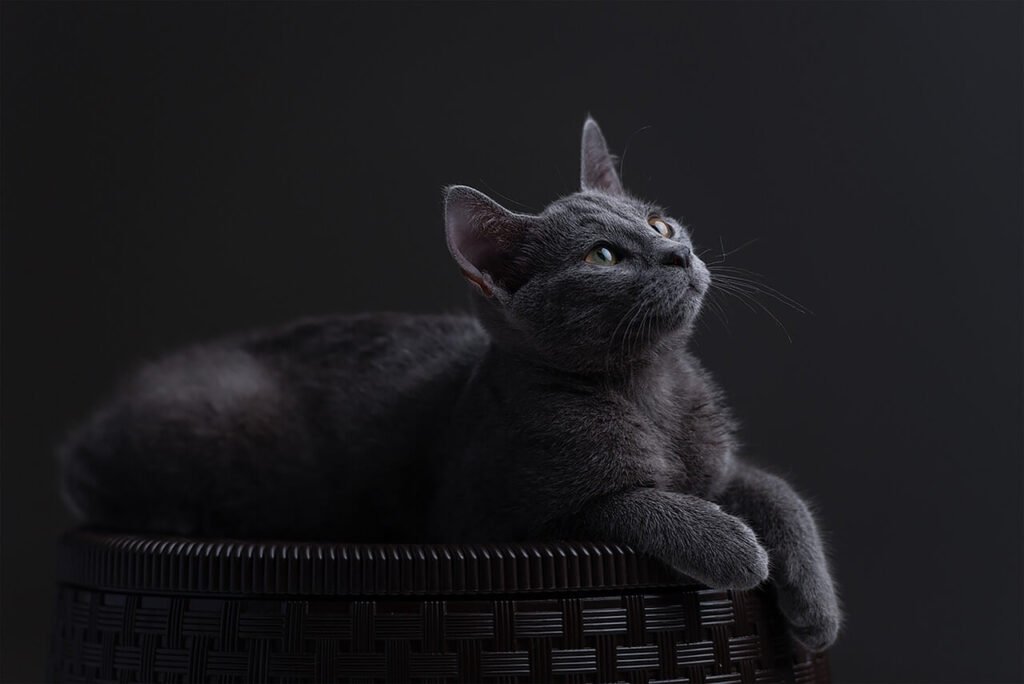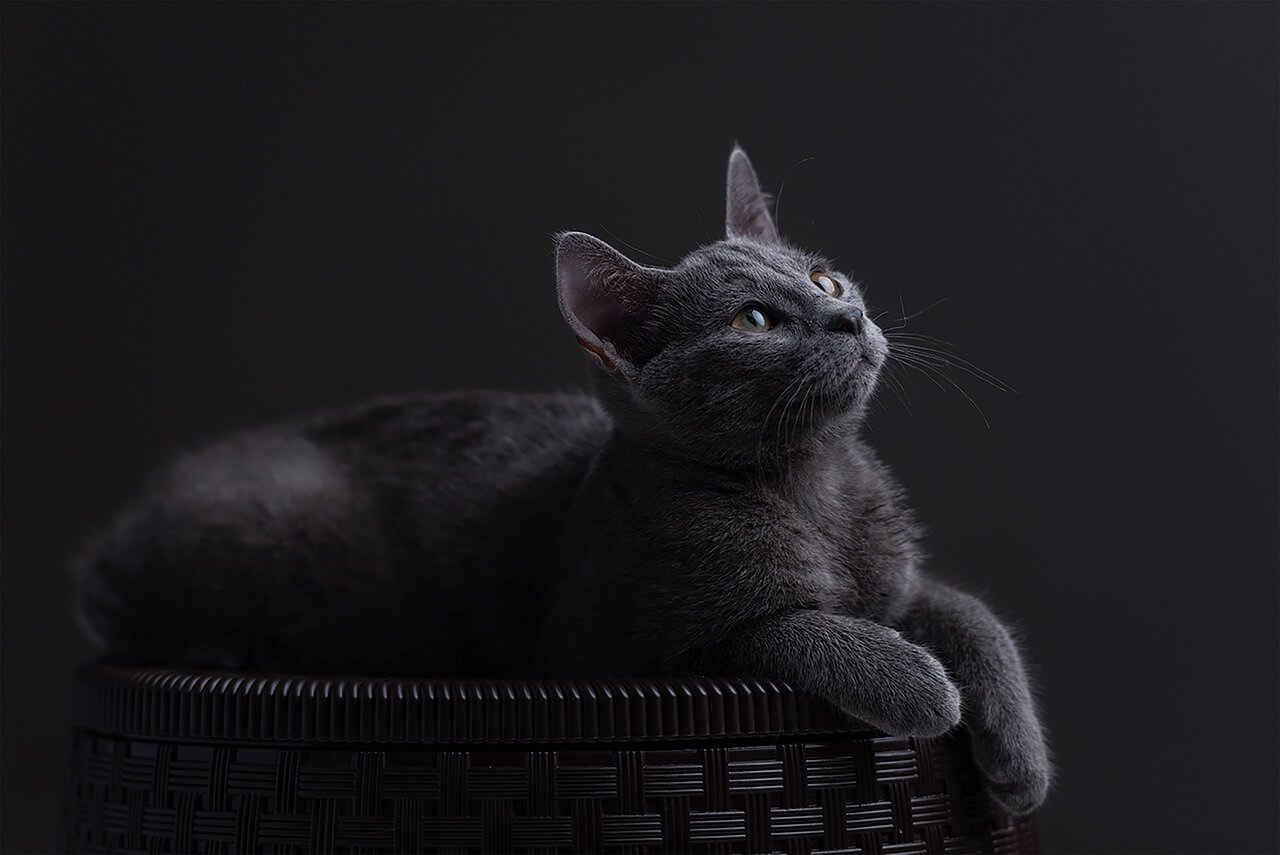Why Are My Cats Whiskers So Long? Unraveling the Mystery of Feline Whiskers
Cats are fascinating creatures, and their whiskers are one of their most intriguing features. These long, delicate strands may seem purely decorative, but they serve a vital purpose in your cat’s daily life. If you’ve ever wondered why your cat’s whiskers are so long, you’re not alone. Many cat owners marvel at these sensory tools and question whether their length is normal or if it indicates something unusual. In this article, we’ll explore the science behind cat whiskers, why they grow to specific lengths, and what their length can tell us about our feline friends. By the end, you’ll have a deeper appreciation for these remarkable appendages and their role in your cat’s world.
The Function Behind the Fluff: Why Do Cats Have Whiskers?
Whiskers, also known as vibrissae, are far more than just facial hair—they are sophisticated sensory tools that help cats navigate their environment. Their length and placement are no accident; each whisker is strategically positioned to provide critical information about the world around them. Here’s what makes whiskers so special:
Spatial Awareness :
Whiskers help cats gauge whether they can fit through tight spaces by detecting changes in air currents.Environmental Sensitivity :
They act as tactile sensors, picking up vibrations and textures that guide a cat’s movements.Mood Indicators :
The position of a cat’s whiskers can reflect their emotional state, such as relaxed or alert.Nighttime Navigation :
Whiskers enhance a cat’s ability to move confidently in low-light conditions.Hunting Assistance :
Whiskers detect subtle movements of prey, giving cats an edge during hunts.
These functions highlight how essential whiskers are to a cat’s survival and daily activities. Their length is directly tied to their role as sensory tools, ensuring cats stay agile and aware.
Nature’s Design: Understanding the Length of Your Cat’s Whiskers
If your cat’s whiskers seem unusually long, rest assured—it’s entirely natural. The length of a cat’s whiskers is determined by genetics and serves specific purposes related to their size and lifestyle. Here’s why some cats have longer whiskers than others:
Proportional to Body Size :
Whisker length often correlates with the width of a cat’s body, helping them determine if they can squeeze into tight spaces.Breed Differences :
Certain breeds, like Maine Coons or Norwegian Forest Cats, naturally have longer whiskers due to their larger frames.Enhanced Sensory Range :
Longer whiskers allow cats to detect objects and movements from a greater distance.Adaptation to Environment :
Outdoor cats may develop longer whiskers to better sense their surroundings in diverse terrains.Genetic Variation :
Just like fur color or eye shape, whisker length can vary widely among individual cats.
While whisker length varies, it’s always tailored to meet the needs of your cat’s unique physiology and environment. Trust that nature has designed them perfectly for your feline friend.
Check this guide 👉Cat Whiskers Position Meaning: Best 7 Expert Tips!
Check this guide 👉Are You Supposed to Trim Cat Whiskers? Best 7 Tips!
Check this guide 👉Do Cat Whiskers Grow Back? Best 7 Expert Tips!

Functions of Cat Whiskers | Factors Affecting Whisker Length |
|---|---|
Spatial awareness and navigation | Proportional to body size |
Detecting environmental changes | Breed-specific characteristics |
Mood indicators | Enhanced sensory range |
Assisting with nighttime movement | Adaptation to indoor vs. outdoor living |
Supporting hunting instincts | Genetic variation |
How to Tell If Your Cat’s Whiskers Are in Good Condition
Healthy whiskers are a sign of overall well-being in cats. While whiskers require no direct care, monitoring their condition can give you insight into your cat’s health. Here’s what to look for:
Straight and Intact :
Healthy whiskers should be straight and free of cracks or splits.No Excessive Shedding :
It’s normal for whiskers to fall out occasionally, but excessive shedding could indicate stress or poor nutrition.Proper Placement :
Whiskers should be evenly distributed on both sides of the face, framing the muzzle symmetrically.Clean and Free of Debris :
Whiskers should appear clean without dirt or matting, which could impair their function.Responsive to Touch :
Cats typically react to gentle stimulation near their whiskers, indicating they’re functioning properly.
By keeping an eye on these signs, you can ensure your cat’s whiskers remain healthy and effective tools for exploration and communication.
Separating Fact from Fiction: Debunking Myths About Whiskers
There are many misconceptions about cat whiskers, leading to confusion among pet owners. Let’s clear up some common myths and clarify the facts:
Myth: Cutting Whiskers Won’t Harm Cats
Fact: Trimming whiskers can disorient cats and impair their ability to navigate safely.Myth: All Cats Have Identical Whisker Lengths
Fact: Whisker length varies based on breed, size, and genetics.Myth: Whiskers Grow Back Immediately After Being Damaged
Fact: Whiskers take time to regrow, and damaged ones can leave cats temporarily impaired.Myth: Whiskers Are Just Like Human Hair
Fact: Unlike hair, whiskers are deeply embedded in nerve-rich follicles, making them highly sensitive.Myth: Whisker Fatigue Is a Made-Up Condition
Fact: Whisker fatigue is real and occurs when cats experience overstimulation from constant contact with food bowls or other objects.
Understanding these truths ensures you treat your cat’s whiskers with the care and respect they deserve.
More Than Just Senses: The Role of Whiskers in Cat Communication
While whiskers are primarily sensory tools, they also play a subtle yet important role in communication. The position and movement of your cat’s whiskers can convey their mood or intentions to other animals—and even to you. Here’s how whiskers contribute to feline communication:
Relaxed Whiskers :
When whiskers are positioned naturally alongside the face, it indicates your cat is calm and content.Forward-Facing Whiskers :
Whiskers pointing forward signal curiosity or alertness, often seen when your cat is investigating something new.Flattened Whiskers :
Whiskers pulled back against the face suggest fear, aggression, or discomfort.Twitching Whiskers :
Rapid twitching may indicate excitement or anticipation, such as during playtime or hunting.Whisker Shaking :
A subtle shake or vibration in the whiskers can signify irritation or annoyance.
Understanding these signals helps you better interpret your cat’s emotions and respond appropriately. Pay attention to their whiskers for clues about how they’re feeling.
Ensuring Your Cat’s Whiskers Stay Healthy and Functional
While whiskers don’t require direct maintenance, there are steps you can take to ensure they remain healthy and effective. Proper care supports your cat’s overall well-being and enhances their sensory abilities. Here are some practical tips:
Avoid Touching Whiskers Unnecessarily :
Whiskers are highly sensitive, so avoid touching or playing with them unless your cat initiates contact.Provide Wide Food and Water Bowls :
Use shallow, wide bowls to prevent whisker fatigue caused by constant contact with narrow edges.Keep Their Environment Clean :
Dust-free spaces reduce the risk of debris accumulating on whiskers, which could impair function.Monitor Stress Levels :
High stress can lead to excessive whisker shedding, so create a calm and stable environment for your cat.Feed a Balanced Diet :
Proper nutrition supports healthy whisker growth and prevents brittleness or breakage.
By following these tips, you can help your cat maintain strong, functional whiskers that support their daily activities. A little care goes a long way in keeping your feline happy and healthy.
From Short to Long: Exploring Breed-Specific Whisker Characteristics
Just as cats come in different sizes, colors, and coat lengths, their whiskers also exhibit breed-specific traits. These variations highlight the diversity of feline anatomy and adaptation. Here are some examples of how whiskers differ across breeds:
Maine Coon Cats :
Known for their large size, Maine Coons have exceptionally long whiskers to match their broad frames.Sphynx Cats :
Despite lacking fur, Sphynx cats still have prominent whiskers, though they may appear shorter due to their lack of surrounding hair.Persian Cats :
Persians often have thick, luxurious whiskers that complement their dense coats and rounded faces.Siamese Cats :
Siamese cats typically have sleek, fine whiskers that align with their slender, elegant build.Scottish Folds :
With their unique folded ears, Scottish Folds have proportionally shorter whiskers compared to larger breeds like the Maine Coon.
These differences emphasize how whiskers adapt to each breed’s physical characteristics and lifestyle. Celebrating these distinctions adds to the wonder of owning—or simply admiring—different cat breeds.
Frequently Asked Questions About Cat Whiskers
Should I trim my cat’s whiskers?
No, trimming whiskers can confuse and disorient your cat, so it’s best to leave them alone.
Why do my cat’s whiskers fall out?
Whiskers naturally shed and regrow over time, similar to human hair.
Can whisker length change as my cat ages?
Yes, whiskers may grow longer or thicker as your cat matures, depending on their breed and genetics.
What causes whisker fatigue?
Whisker fatigue occurs when a cat’s whiskers are repeatedly stimulated, often by narrow food bowls or confined spaces.
Do indoor cats need whiskers as much as outdoor cats?
Yes, whiskers are equally important for indoor cats to navigate furniture, walls, and other obstacles.
Final Thoughts: Appreciating the Wonders of Cat Whiskers
Your cat’s whiskers are truly remarkable structures, finely tuned to enhance their sensory experience and support their daily activities. Whether they’re helping your cat navigate tight spaces, detect prey, or communicate emotions, whiskers play an indispensable role in their lives. Understanding why your cat’s whiskers are so long—or why they might differ from another cat’s—deepens your appreciation for these incredible tools. So the next time you admire your cat’s whiskers, remember that they’re not just beautiful adornments but vital instruments that connect your feline friend to the world around them. Cherish the uniqueness of your cat and the magic of their whiskers!
How Much Is a Cocker Spaniel? Best 7 Expert Tips! Discover the true cost of owning a Cocker Spaniel, from initial expenses to expert advice on budgeting and care. Perfect for future owners!
How Much Should a Shih Tzu Weigh? Best 7 Expert Tips! Discover the ideal weight range, factors influencing it, and expert advice to keep your Shih Tzu healthy and happy.
How Much Does a Shih Tzu Cost? Best 7 Expert Tips! Discover the true cost of owning a Shih Tzu, from initial expenses to hidden fees. Perfect for future owners!
Are Shih Tzus Hypoallergenic? Best 7 Health Tips! Discover if Shih Tzus are hypoallergenic and learn expert advice to manage allergies with this beloved breed. Perfect for allergy sufferers!





